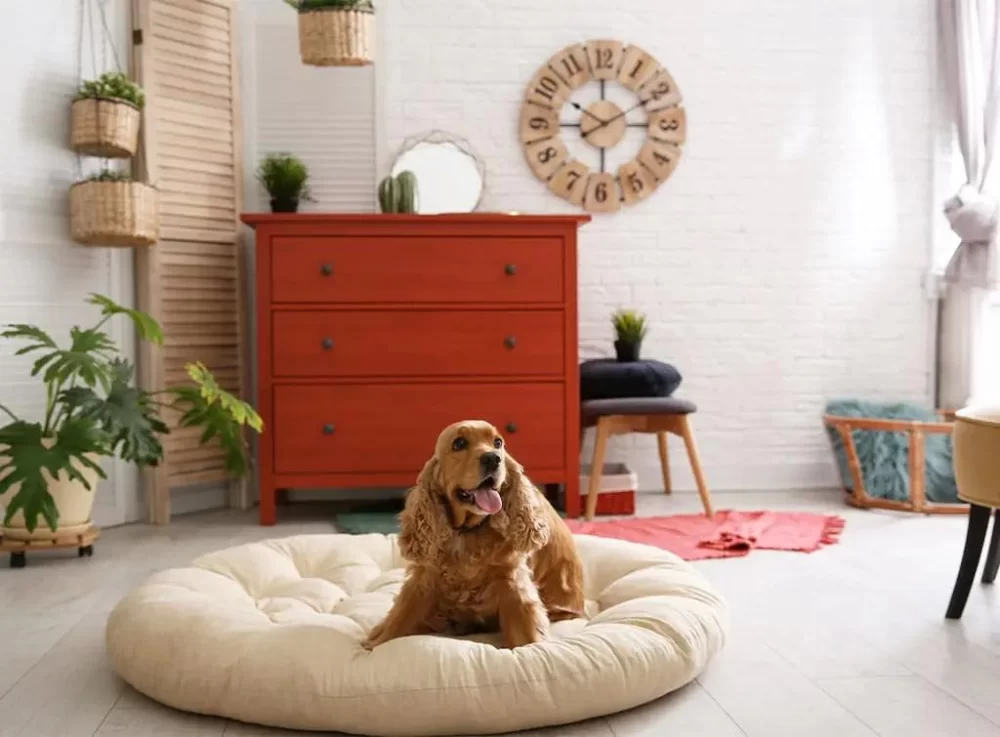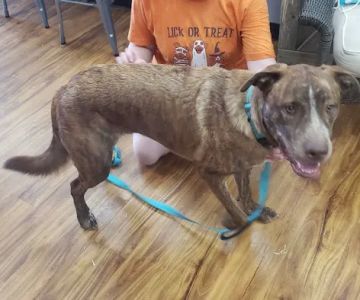- Why Make a DIY Pet Bed for Your Furry Friend
- Creative and Practical DIY Pet Bed Ideas
- Stories of DIY Pet Bed Success and Personal Experiences
- Professional Tips and Where to Find Quality Pet Bed Supplies
Why Make a DIY Pet Bed for Your Furry Friend
Creating a DIY pet bed offers more than just a cozy spot for your pet—it’s a wonderful way to personalize their resting place with your own style and care. Many pet owners seek out DIY pet bed ideas to combine comfort, affordability, and creativity. Making a pet bed yourself means you can tailor it to your pet’s size, sleeping habits, and even their personality.
Moreover, building a homemade pet bed is often more budget-friendly than buying expensive commercial options. It also gives the satisfaction of crafting something special, knowing your pet appreciates the cozy retreat you created just for them.
The Benefits Beyond Comfort
Aside from comfort, a DIY pet bed can be designed with durable, washable materials that suit your pet’s lifestyle—whether they love burrowing, sprawling out, or curling up tightly. This customization enhances your pet’s wellbeing and can even help with issues like joint pain or anxiety by providing a secure, supportive environment.
Creative and Practical DIY Pet Bed Ideas
When exploring DIY pet bed ideas, the options are as limitless as your imagination. Here are some standout concepts that blend creativity with practicality.
1. Upcycled Sweater Bed
One popular project involves using an old sweater filled with soft stuffing or foam to create a snug, warm bed. The neck and sleeves form natural walls and cushions, giving pets a cozy nook. This project is simple, requires minimal sewing skills, and repurposes items you already have at home.
2. Pallet Wood Platform Bed
If you want something sturdier, a pallet wood bed is a fantastic idea. With some sanding and a few coats of pet-safe paint, you can build a raised platform bed. Add a cushioned mattress or orthopedic foam for extra comfort. This design suits pets who prefer elevated resting spots or need joint support.
3. No-Sew Fleece Tie Blanket Bed
For a quick and easy project, tie fleece strips around a circular base to make a soft, plush bed. This no-sew option is perfect for beginners or those short on time. Plus, the fleece is machine washable, making cleanup easy.
4. Repurposed Suitcase or Drawer Bed
Transform an old suitcase or wooden drawer into a stylish pet bed. Adding a soft cushion or pillow inside creates a retro, cozy hideaway. This idea is perfect for pet owners looking to blend their pet’s comfort with unique home decor.
Stories of DIY Pet Bed Success and Personal Experiences
Emma, a devoted dog owner, shared how she built a pallet wood bed for her senior Golden Retriever, Max. Max struggled with arthritis and needed a supportive but soft bed. Emma’s DIY project not only saved money but also improved Max’s sleep quality. She noticed Max was more active during the day, attributing it to the improved comfort and support from the homemade bed.
Another inspiring story comes from Jacob, who made a fleece tie blanket bed for his shy rescue cat, Luna. Luna was initially wary of beds but took to the soft fleece quickly. Jacob credits the bed for helping Luna feel safe and secure, making her more affectionate over time.
Lessons Learned
These stories illustrate how DIY pet beds can meet specific needs while strengthening the bond between pet and owner. Customizing a bed shows attentiveness and love, which many pets seem to sense and appreciate.
Professional Tips and Where to Find Quality Pet Bed Supplies
When creating your DIY pet bed, material choice is critical. Using hypoallergenic, durable, and easy-to-clean fabrics will extend the life of your project and keep your pet healthy. Foam with memory support or orthopedic qualities can be especially beneficial for older pets or those with health concerns.
Hidden Brook Veterinary offers a great selection of quality pet bed materials, cushions, and accessories, along with expert advice tailored to your pet’s needs. Whether you’re seeking the perfect stuffing, pet-safe fabric, or supportive inserts, they can guide you toward the best products to enhance your DIY pet bed project.
Expert Advice on Maintenance
To keep your DIY pet bed fresh and hygienic, washing covers regularly and replacing stuffing when worn is important. Additionally, choosing machine-washable components simplifies maintenance and helps keep your pet’s resting space inviting.












